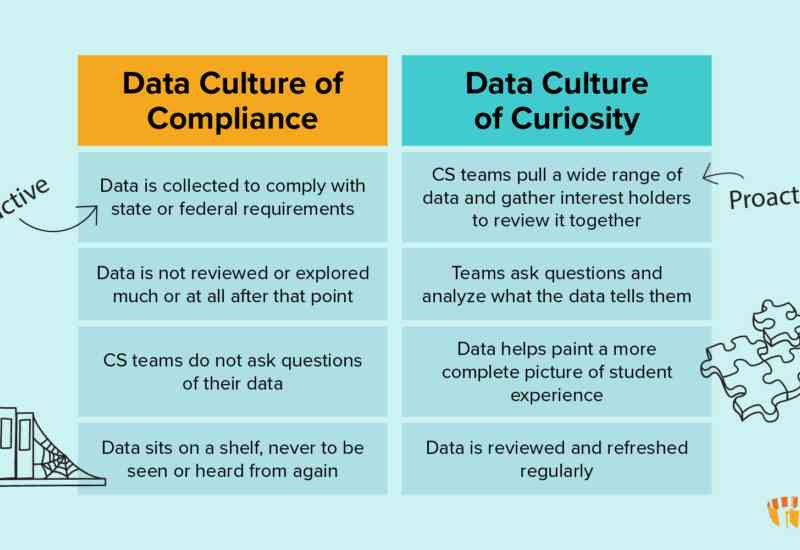Needs assessments require three different types of data to create a good understanding of what your school needs.
High-level data is the first kind you should be looking for. These are broad brush quantitative measures like test scores, attendance patterns, and teacher retention. This kind of data can help unearth large scale trends but is a little heavy handed for some applications.
Medium grain data is the second style of data that can help. This is a little closer to the ground, things like culture climate surveys and classroom assessments. This data is a good middle ground, not too much detail nor too little, while allowing you to get a fuller picture of what's happening in the school.
Finally, you want to look for granular data. This is on the ground, face to face, street level stuff. Interviews with teachers or students, focus groups, individualized feedback. This is fantastic for getting to know who is in your school and what they specifically want.






